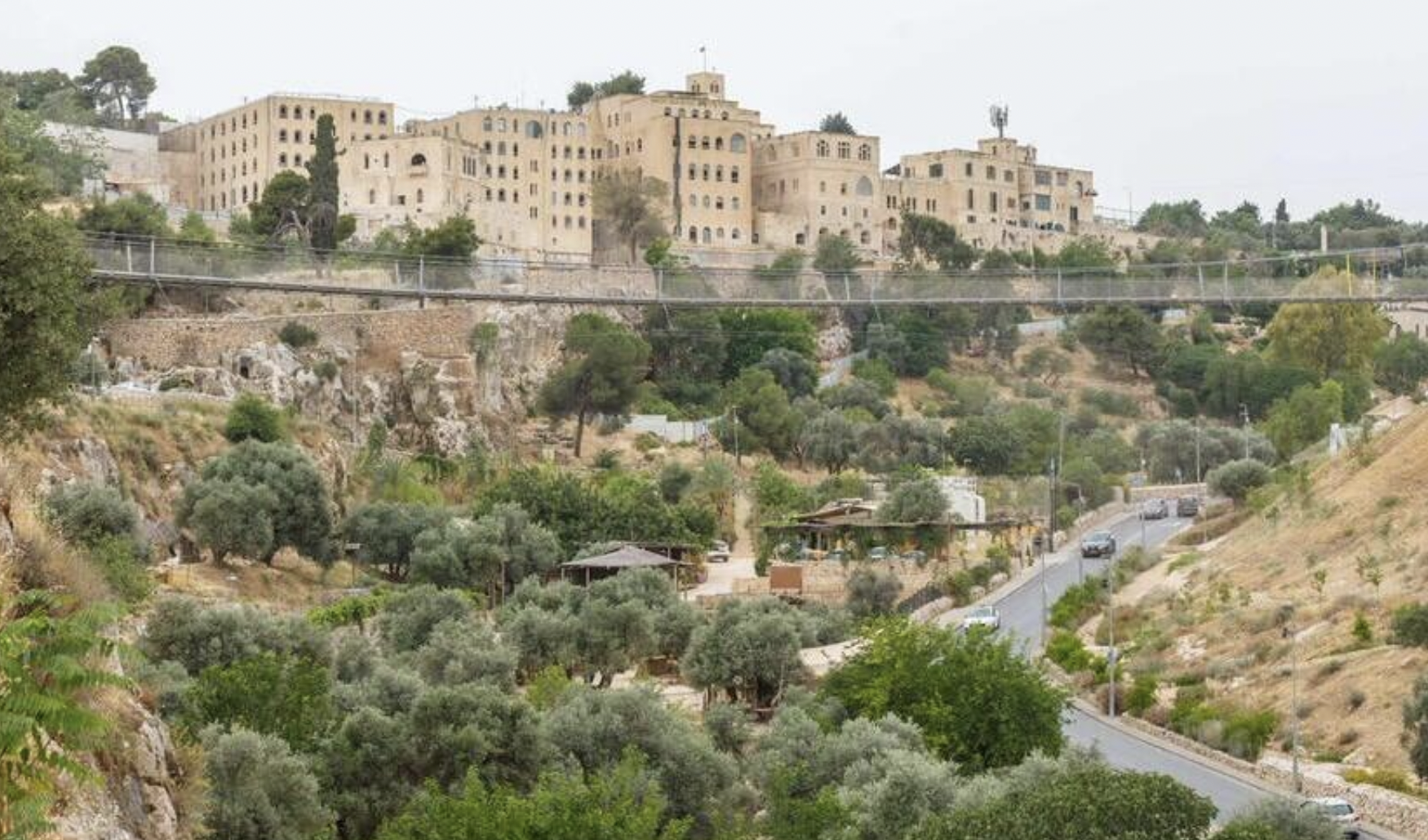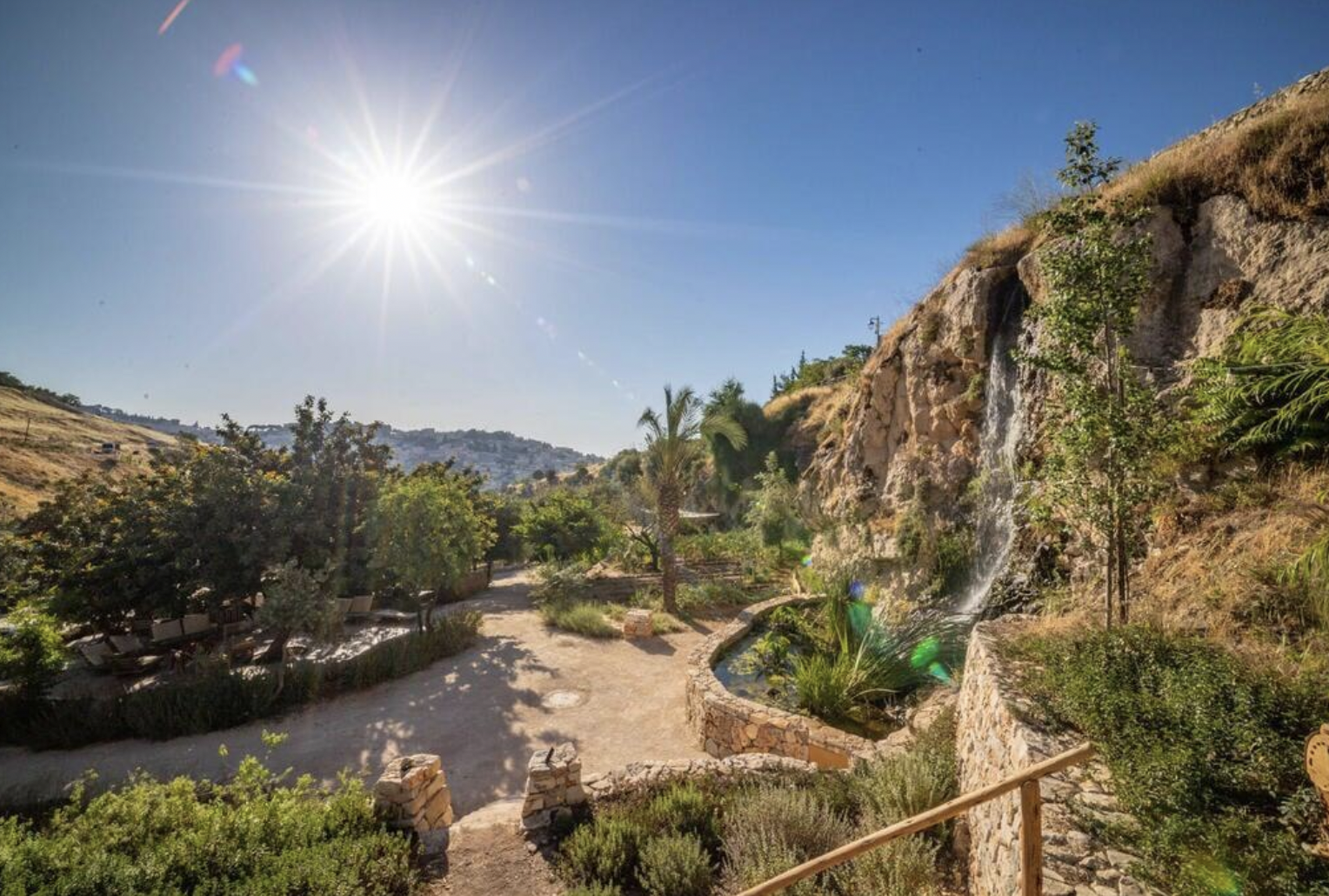Israel’s longest suspension bridge unveiled in Jerusalem this week
New pedestrian bridge makes holy sites and agricultural valley more accessible

Israel unveiled its longest suspension bridge on Sunday in Jerusalem. The newly constructed 202-meter (663-foot) bridge connects the slopes of the Valley of Hinnom to Mount Zion, making the capital's holy sites more accessible to pedestrians.
The $5.4 million project is expected to become one of Jerusalem’s most popular tourist attractions, providing stunning views of Jerusalem, including the Old City and the Temple Mount. Pedestrians are able to descend the bridge into the Ben Hinnom Valley, into an agricultural area featuring hiking trails, a natural spring, lush vegetation and ancient grave sites.
The suspension bridge took approximately nine months to build and was funded by Israel’s Ministry of Tourism, the Jerusalem Municipality, the Ministry for Jerusalem Affairs, the Israel Nature and Parks Authority and the City of David.
“For the benefit of Israeli citizens and visitors from abroad, we built the bridge, with spectacular views, in order to upgrade the tourist experience in the area,” Israeli Tourism Minister Haim Katz said at Sunday’s unveiling, adding that Israel “will continue to invest in promoting Jerusalem as a leading tourist destination.”

Tourist attractions on the Mount Zion side of the bridge include King David’s Tomb, the Room of the Last Supper and Dormition Abbey. Pedestrians are able to continue into the Old City via Zion Gate.
The southern end of the bridge is known for its agricultural activities, including olive picking, wine-making and honey production. Nearby tourist attractions include the City of David National Park, Sultan’s Pool and the First Station shopping and restaurant complex.
The Hinnom Valley has undergone extensive clean up efforts over the past 20 years. Before the Six-Day War of 1967, it was mostly used as a garbage dump. However, during the excavation, archaeologists believe they found an ancient stone intended to be used in the construction of the Holy Temple or in the Old City walls during the reign of Ottoman Sultan Suleiman the Magnificent from 1520 to 1566.

Jerusalem Mayor Moshe Lion said the municipality has invested millions in the development of tourist attractions and invited Israelis and guests from abroad to visit the bridge, which is open for daily use from 6 a.m. to 10 p.m.

The All Israel News Staff is a team of journalists in Israel.













